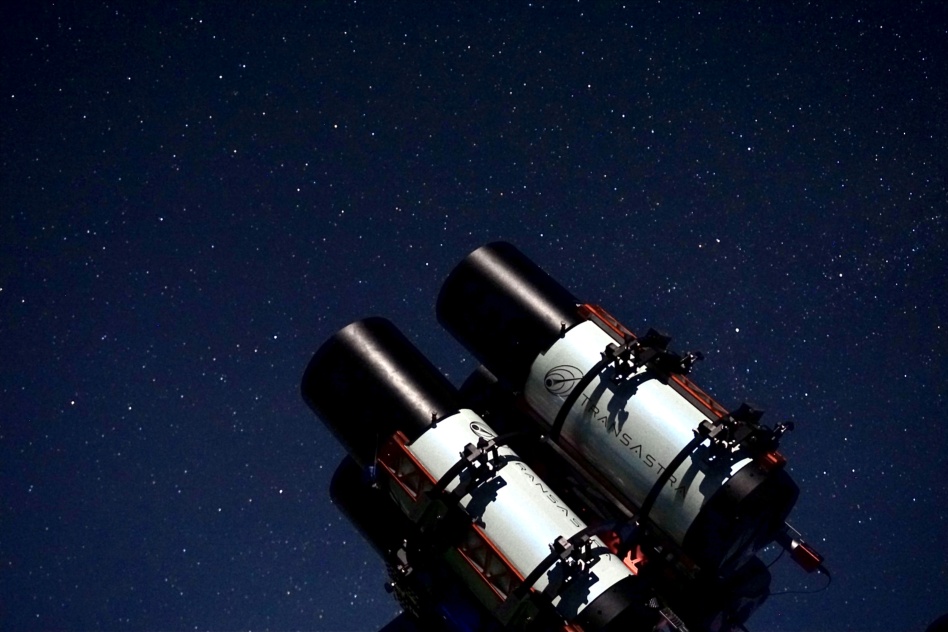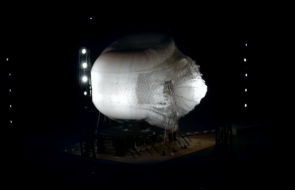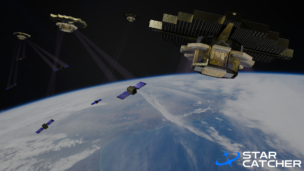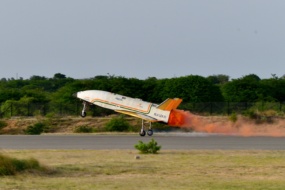This morning, TransAstra, a Y Combinator alum building space situational awareness (SSA) and space tug technology, announced that it has received two grants—a NASA Small Business Innovation Research (SBIR) award and a DoD Small Business Technology Transfer (STTR) award—to advance its space debris removal and awareness tech.
Right now, TransAstra is focused on space sustainability. It’s building a space tug called Worker Bee that can transfer satellites between orbits using a water-fueled and sun-powered propulsion system, and it operates a proprietary telescope software, called Sutter, that allows telescopes to better identify near-Earth asteroids.
Ultimately, though, the Los Angeles-based startup hopes to turn its focus toward sustainable Moon and asteroid mining.
- Space safety, sustainability, and affordability are baked into the startup’s mission.
- The orbital debris removal and SSA applications funded through these grants support that long-term goal.
Trash capture: The first of the two grants was awarded through NASA’s Ignite program, which provides $150k grants at Phase I to help prepare technology for commercialization. The funding will go towards developing an inflatable orbital debris capture system called the Mini Bee Capture Bag. The capture bag will be designed to capture debris of any shape. The prototype will be designed to capture debris around 10cm in diameter, but the company says it will be able to scale to capture much larger objects.
“We can deliver satellites to higher, more valuable orbits, and upon mission completion, our Mini Bee Capture Bag can retrieve these satellites, and then put them into a disposal orbit,” TransAstra CEO Joel Sercel said in a press release. “This kind of service simply doesn’t yet exist.”
Eyes in space: TransAstra has partnered with ground telescopes to implement its Sutter telescope technology, which uses Optimized Matched Filter Tracking (OMFT) to help telescopes identify very faint, fast-moving objects in the sky. The company will use the DoD grant to tweak this program to work from space. Ideally, in the end, the US Space Force will be able to add Sutter technology to its spacecraft to cheaply and easily augment its SSA capabilities in orbit.




